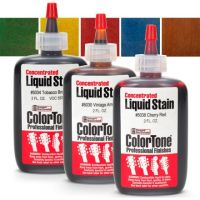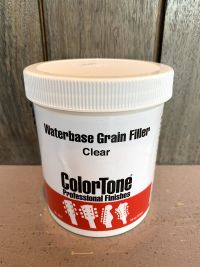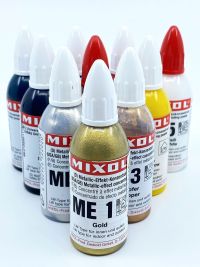Mohawk Nitrocellulose Lacquer & Thinners
In stock
SKU
M610-0000
- Highest quality nitrocellulose lacquer
- Specially formulated for finishing guitars
- Suitable for acoustic & electric instruments
- Can be used as a clear coat over coloured lacquers
- Very strong fumes - mask with spray painting filters essential
- Available in Quart (946ml) & Gallon (3.8L) tins plus combos
- Made in USA
Cannot be shipped outside Australia or by Express Post
Mohawk Classic Instrument Lacquer has been specially formulated by Mohawk USA for finishing guitars and other stringed instruments. Mohawk have been producing guitar finishing products for decades and are the preferred choice by many top American guitar manufacturers.
This is a traditional single-part Nitrocellulose lacquer which has been formulated to have the optimal properties of protection, durability, flexibility, clarity and ability to be polished to a high gloss. It is superior to other lacquers as it has enough flexibility to minimise the danger of finish checking while being brittle enough not to impede the sound of a fine guitar.
Finisher's Choice Lacquer Reducer/Thinners (Previously Mohawk M650-0107) has been specially formulated for thinning Mohawk Nitrocellulose lacquer. The highest quality solvents and additives are blended in the precise amounts to form a reducer which aides in the application and drying of Mohawk lacquer.
1-2 quarts (1/4-1/2 gallon) of lacquer is normally required per guitar. The amount used will depend on the size of the guitar, the timbers and the spraying technique.







